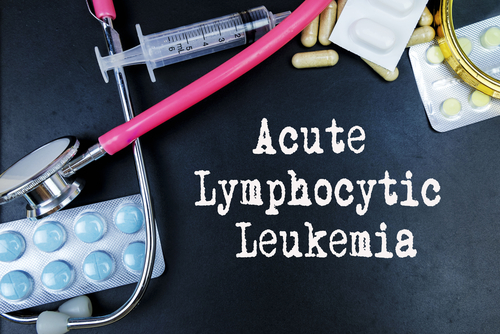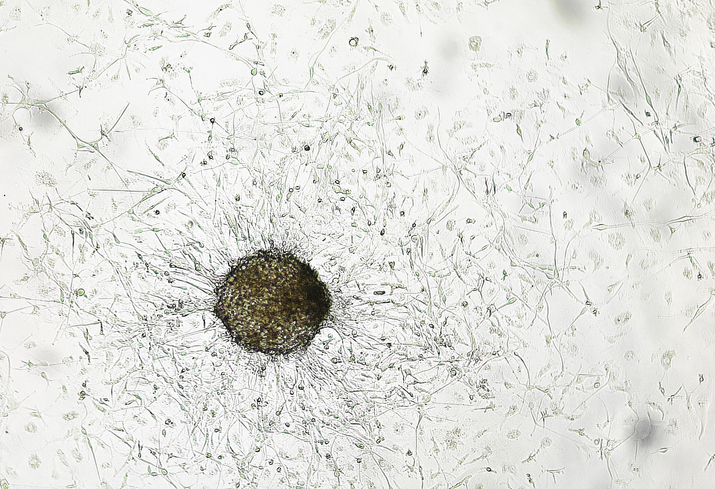
While options for treating acute lymphoblastic leukemia (ALL) have improved in recent years, questions pertaining to treatment approaches remain, according to a session presented at the 7th Annual Live Medical Crossfire®: Hematologic Malignancies.
ALL is a relatively rare malignancy, with approximately 7,000 cases diagnosed per year in the United States. It is the most common leukemia in children, but historically, adults—who comprise approximately half of the diagnoses—have been most likely to die of the disease, making ALL difficult to treat.
“There has been a lot of progress made in ALL in the last 75 years,” said lead presenter Marlise R. Luskin, MD, MSCE. “It’s really truly remarkable where we’ve come since 1948 when Cindy Farber gave aminopterin to children and induced the first temporary responses in leukemia, and really in one of the first efforts to treat cancer overall. In over 75 years in the pediatric groups, improvements have been made successfully through efforts of many cooperative groups such that the vast majority of children are cured of this disease. But in adults, that [progress] has lagged. But recently we’ve started to see the needle move.”
The needle has moved, in part, because pediatric-inspired regimens are improving outcomes in both adolescents and young adults. Better outcomes are less likely in older adults, however. “For older adults, they tolerate pediatric-inspired chemotherapy less well. Overall, they’re a challenging subgroup. They have disease biology that’s often more chemotherapy resistant, with decreased rates of remission, [and they are] less likely to achieve [measurable residual disease]-negative remissions. [They have] higher rates of relapse. These patients tolerate chemotherapy less well [overall]. When treated with conventional chemotherapy, they’re more likely to die of toxicities both early and later as they continue therapy. And these patients have additional challenges in the social and logistical space in terms of their support networks.”
The panel was presented with the case study of a 70-year-old male patient who presented with dyspnea. His blood work revealed a white cell count of 12,000 and anemia thrombocytopenia, and a bone marrow biopsy confirmed ALL. When asked for the best approach to treating this patient, panelist Elias Jabbour, MD, said, “What we are doing right now for these patients [in their] 70s and older [is] we’re walking away from chemotherapy completely [and] into a [treatment] combination of blinatumomab.” He continued: “Using inotuzumab alone [confers a survival] of at least 80%. Of course, it’s a shortfall, but the way we are [inclined to go with] this patient is toward immunotherapy early on.”







 © 2025 Mashup Media, LLC, a Formedics Property. All Rights Reserved.
© 2025 Mashup Media, LLC, a Formedics Property. All Rights Reserved.